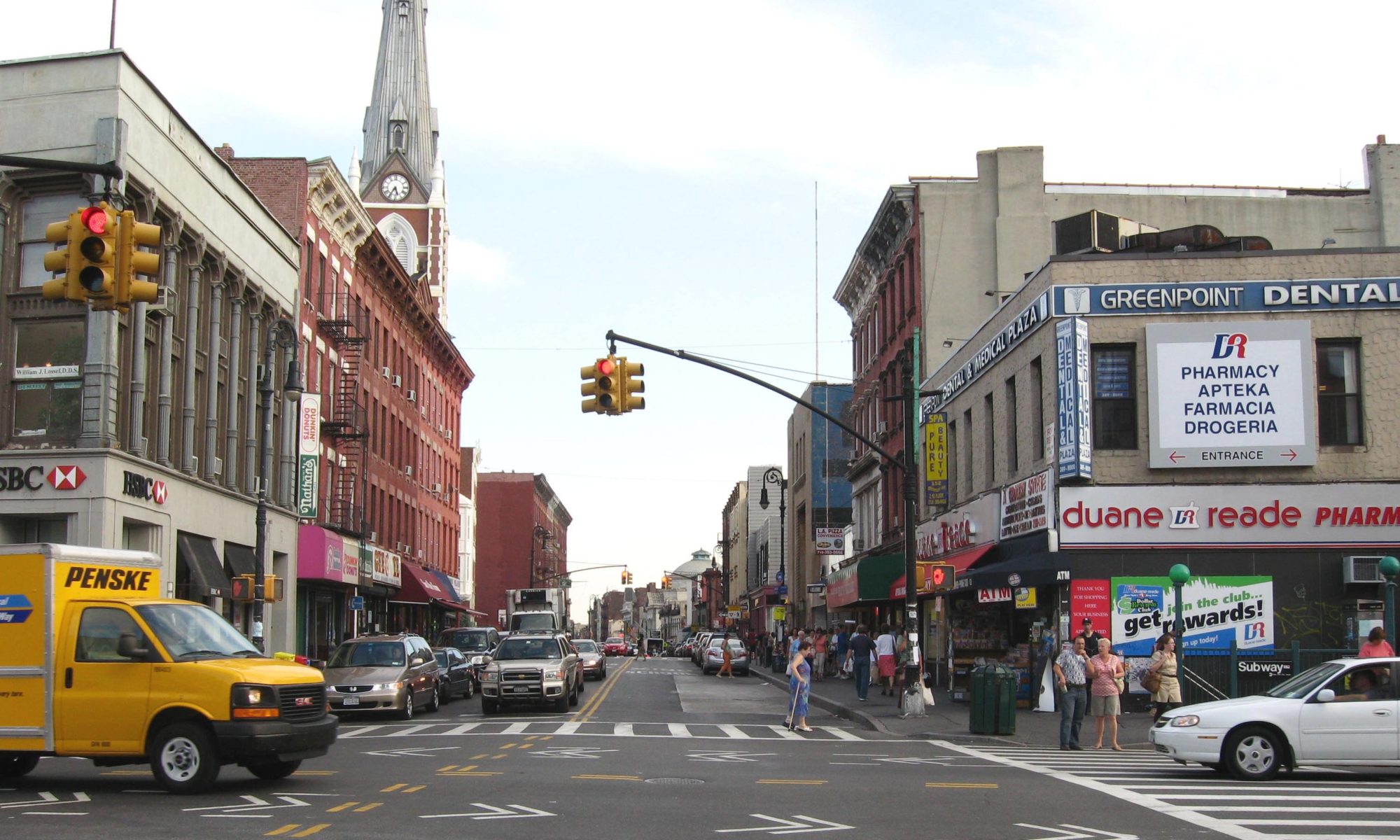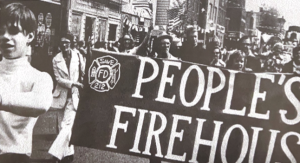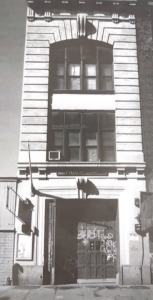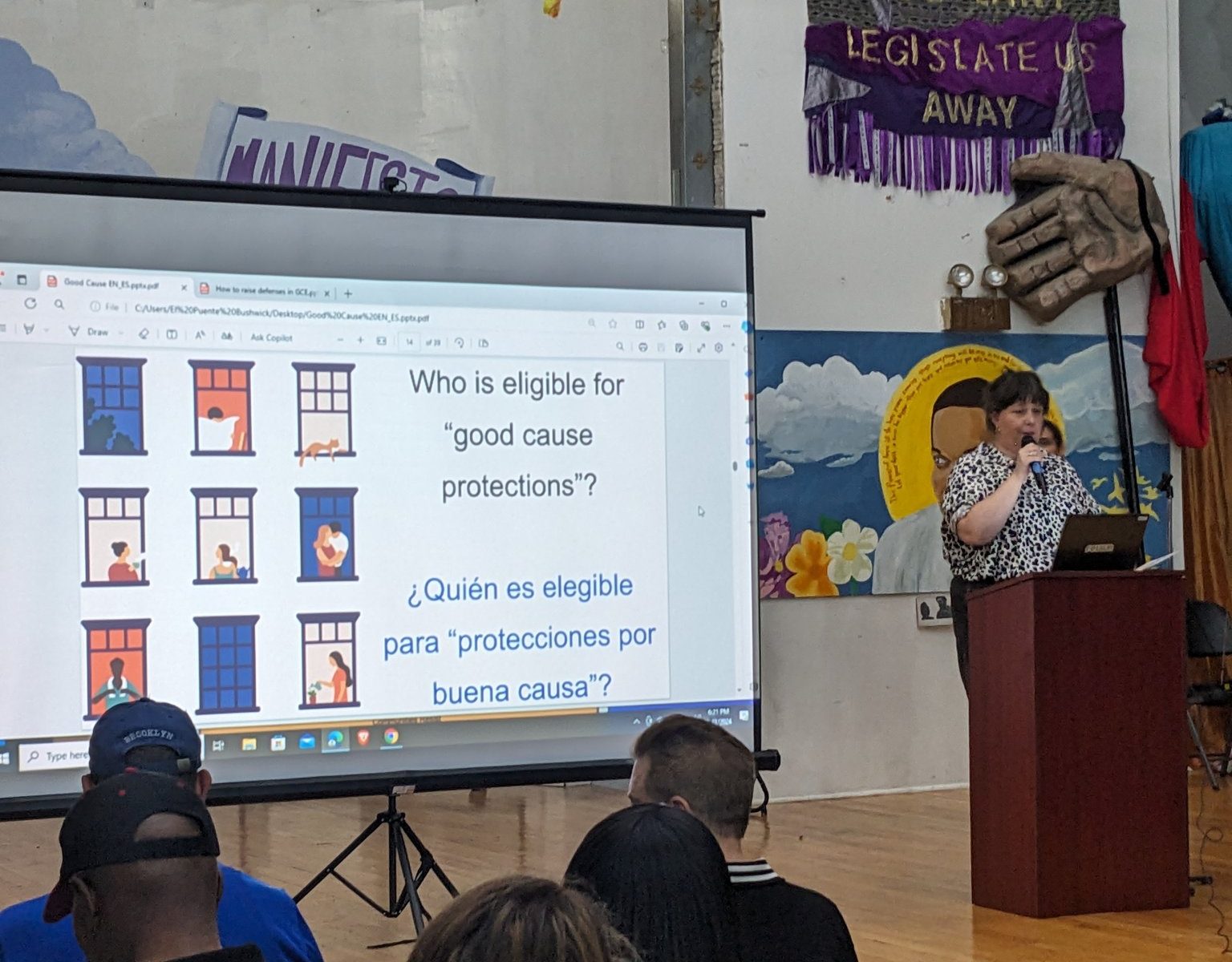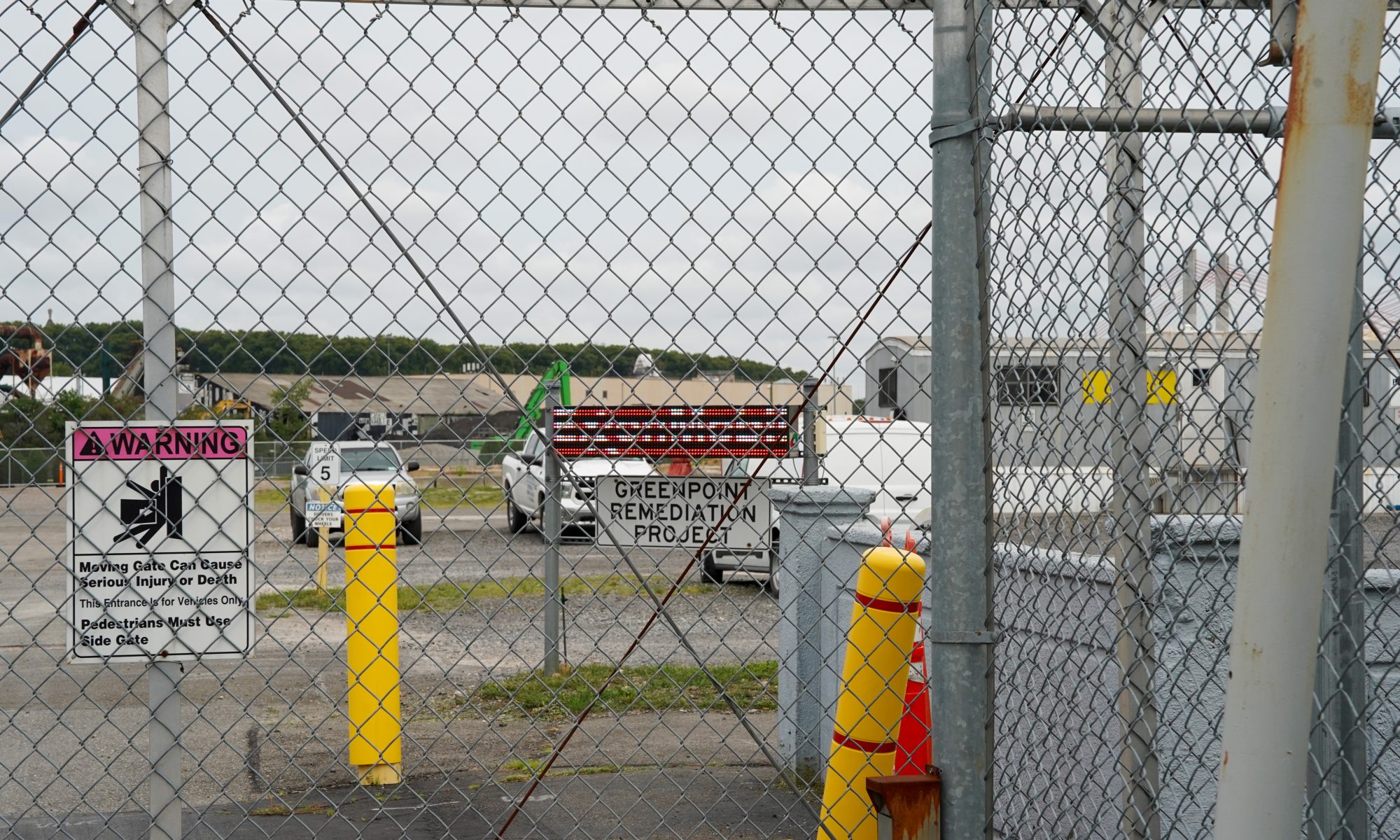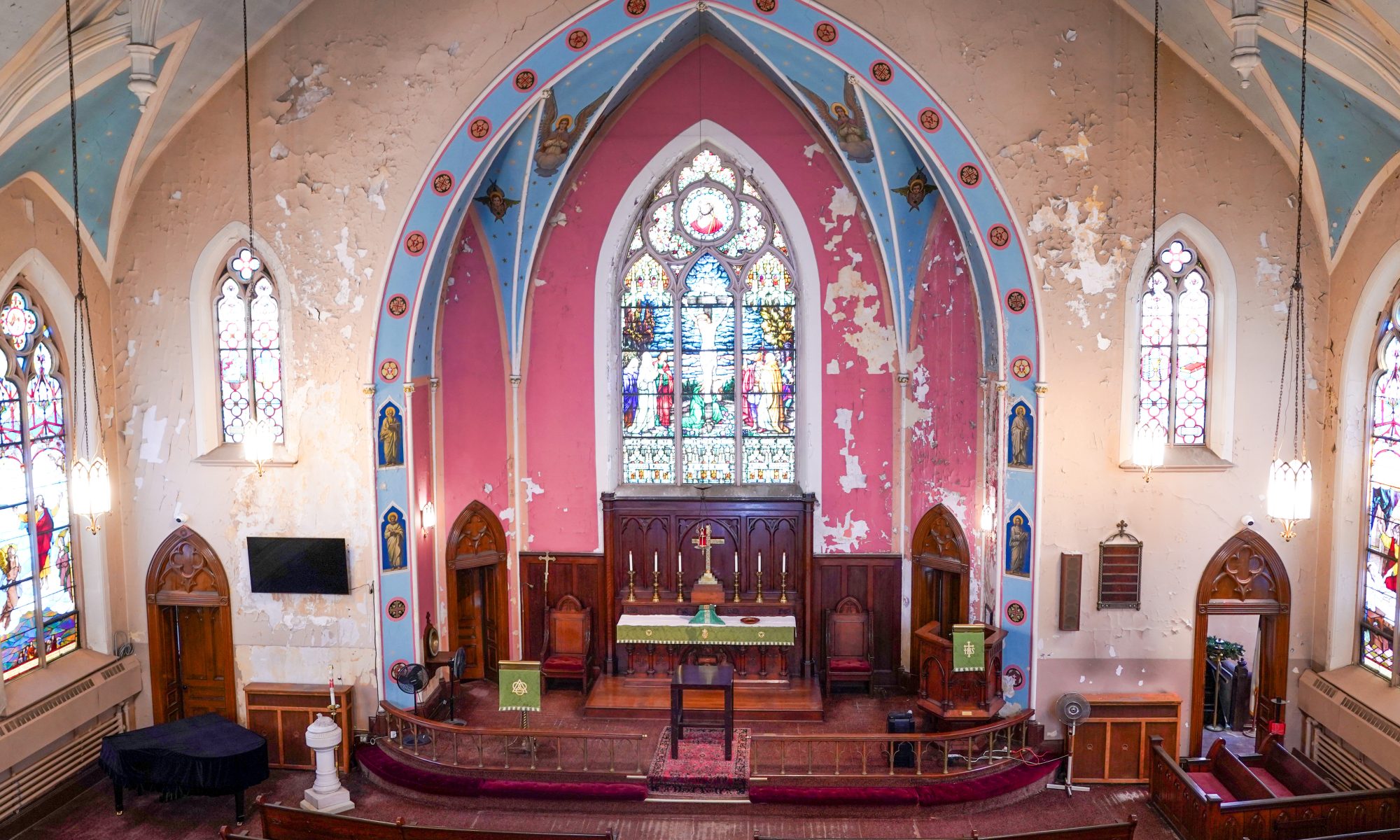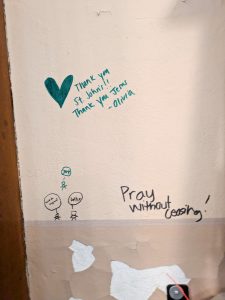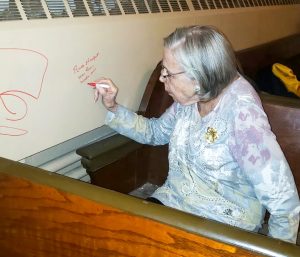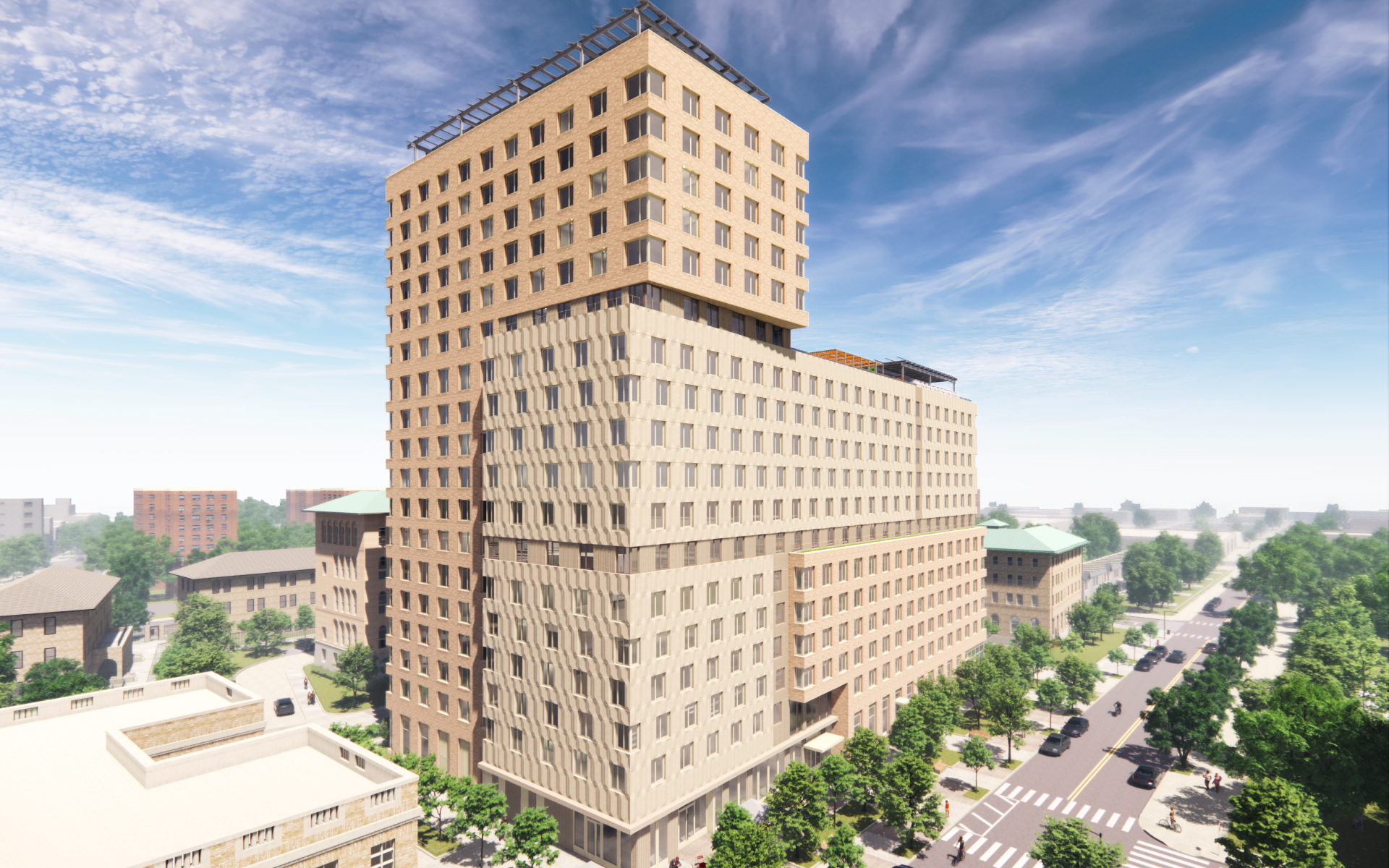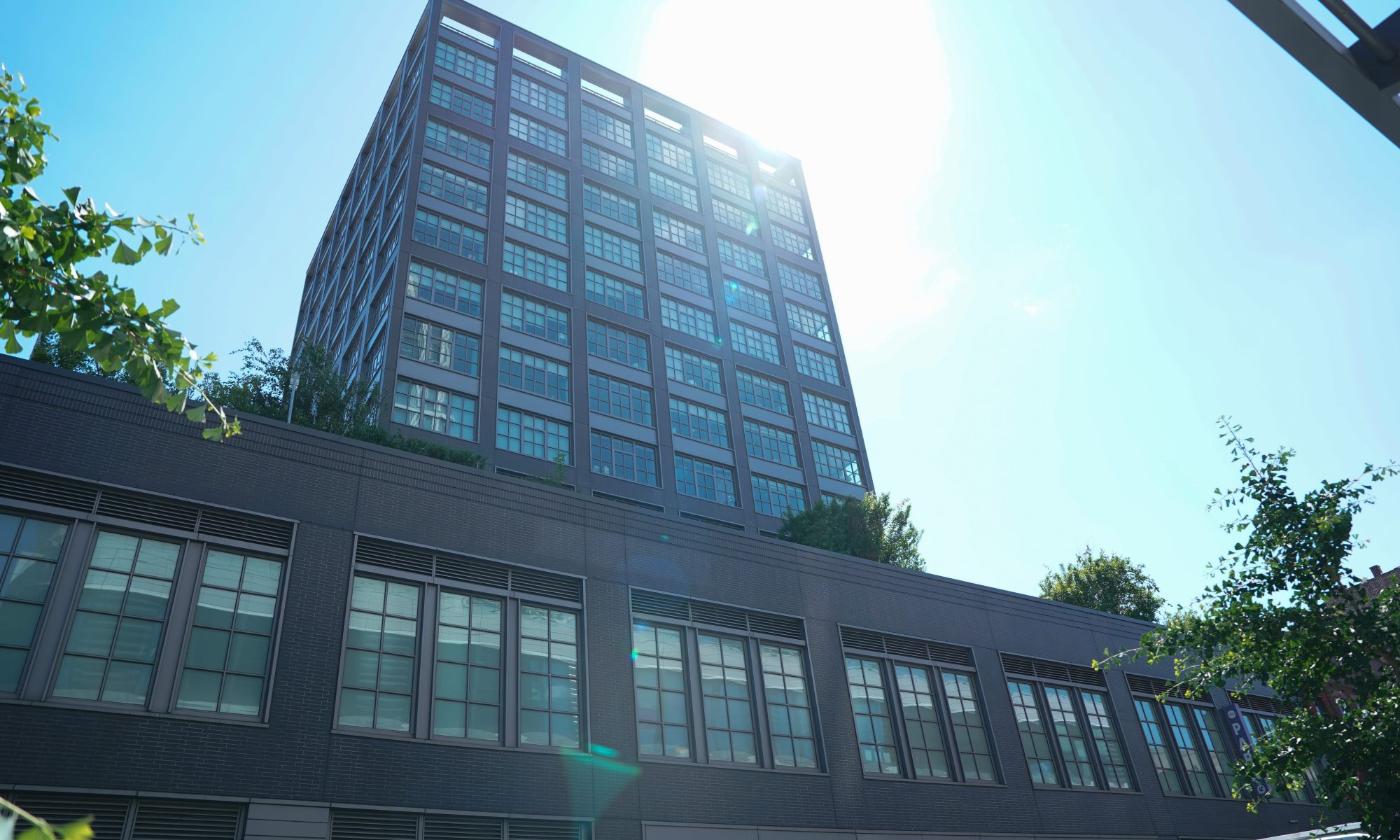By Jean Brannum | jbrannum@queensledger.com
A micro-distribution center may come to Greenpoint as part of a pilot program for the city.
The center, known as a microhub, is a small distribution center for e-commerce companies such as Amazon. The program follows Local Law 166, which went into effect in Dec 2021 and mandates the city seek feedback on a possible microhub network, request interest from relevant businesses, and, in 2023, establish a pilot program to support these centers. .
The City Department of Transportation will open some areas for businesses to use as microhubs. One of the potential locations is under the BQE between Kingsland Ave and Sutton St. in Greenpoint, which is currently a low-demand parking lot. The pilot program allows this in a few areas before the DOT expands the program to other parts of the city.
According to a presentation about the program, similar microhub networks exist in Paris, Washington DC, and Seattle. The hubs are a solution to increased truck traffic and pollution due to the recent increase in e-commerce users since 2020. Freight Planner Katherine Ponte from the DOT estimates that four trucks per company would make trips to the microhub daily, which means 8-16 trucks total.

As the owner of a microhub, a company would have to limit truck usage within the city. Companies would have the option to use cargo bikes, hand carts, or electric vehicles.
At a meeting on July 31, community members met on Zoom to give public comments to the DOT, and ask questions. Many residents are supportive of the idea but want strict regulations to minimize traffic in the immediate area and noise.
Ponte touted the program as a way to prevent injuries for e-commerce delivery people, who frequently have to sort packages on sidewalks or even on the street. Microhubs give workers room to sort packages within those neighborhoods, which would minimize the number of delivery trucks that block traffic lanes.
Bronwyn Breitner, a street safety advocate who lives near the potential site, is thrilled about the potential microhubs program but wants to ensure that the areas do not bring more congestion to the area, which already has a lot of traffic. Breitner is also worried about cyclist and pedestrian safety since she is waiting for bike lane improvements in the area.
Kevin La Cherra, another Greenpoint resident, wanted to know how the microhub would affect truck traffic in the immediate area.
Ponte noted the residents’ concerns and said that the DOT will soon conduct a cargo bike survey. The DOT authorized the use of E-cargo bikes in March 2024. Ponte said that the DOT can use the survey and feedback from the pilot program to find areas of improvement for bike-friendly infrastructure.
La Cherra also commented that current laws meant to decrease pollution are already not being enforced, such as idling laws, and that members of the community have been advocating for street safety improvements for years with no action from the DOT. La Cherra pointed to the proposed improvements to slow traffic at McGuinness Blvd, which the mayor famously rejected in 2023, and similar proposed changes to Kingsland Ave.
Councilmember Lincoln Restler decided to speak after Breitner and La Cherra’s comments, saying that while their frustration is valid, it is important to look at the “big picture”
“I don’t think that we should confuse what is a promising and exciting pilot project that I’m happy is happening in our neighborhood with some of the other initiatives that have not moved forward,” Restler said.
Restler clarified that he wants the program to be implemented in a way that benefits the community and appreciates the public input.
The DOT issued a Request for Expressions of Interest from businesses that wish to take part in the program. Ponte said that one of the conditions for businesses to set up a microhub will be that they adhere to policies that keep the area clean and minimize noise.
The DOT is currently working to finalize what businesses will take part in the pilot program, but cannot reveal names yet.
